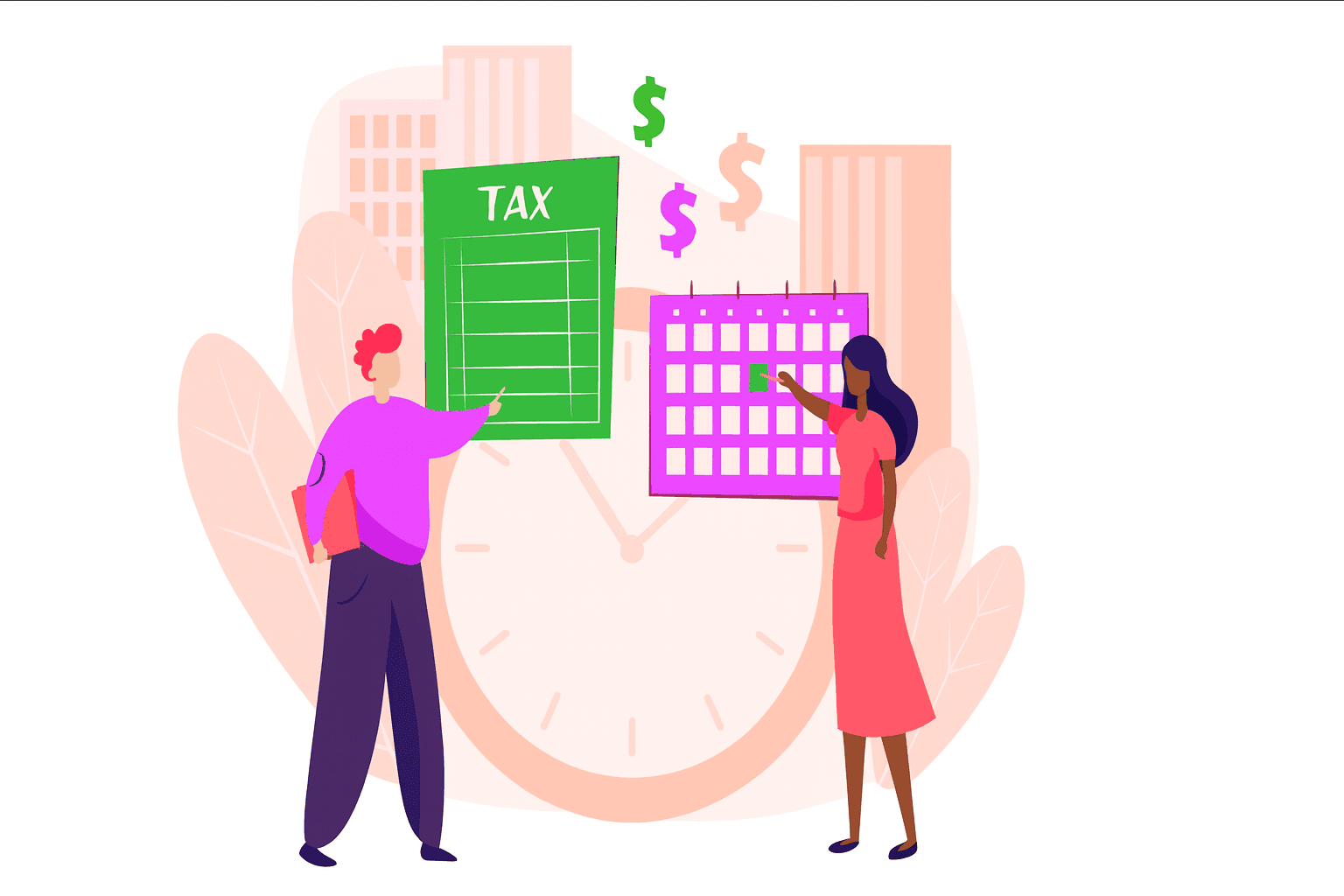Owner’s Draw vs. Salary: How to Pay Yourself as a Small Business Owner
When you first start your own business, there’s this thrilling moment—no boss, no clock-punching, and yes, your name on the bank account. But eventually, reality taps you on the shoulder and asks: “Hey, how exactly do you get paid now?”
If you’ve ever found yourself Googling “How do I pay myself?” with a mix of confusion and caffeine, welcome to the club. Let’s unpack two common ways business owners pay themselves: the Owner’s Draw and the Salary. And no, this won’t be another stiff explainer buried in accounting jargon—we’re getting real about what this means for your day-to-day life, goals, and sanity.
What is an Owner’s Draw?
Think of the Owner’s Draw as your business handing you money with a friendly “Hey, you built this—go enjoy some of it.” There’s no formal payroll process, no deductions before it lands in your account, and no HR department asking for your timecard. You’re simply taking money out of the business that’s technically yours.
Who uses it?
Sole proprietors
Partnerships
LLCs (especially those taxed as sole proprietors)
Pros:
Flexible: Draw as much or as little as you need—no fixed schedule.
Simple: No payroll systems or paperwork.
Control: You decide when and how much to draw.
Cons:
Tax Surprise: You’ll owe self-employment taxes later.
Irregular income: Tough to budget when cash flow fluctuates.
Not salary-friendly: Banks and lenders might frown on inconsistent income if you’re trying to qualify for loans.
In plain English? Owner’s Draw is freedom with a side of responsibility. You’re not escaping taxes—you’re just postponing them.
What About Salary?
Now, let’s talk structure. Drawing a Salary means your business treats you like an employee. You get paid regularly, taxes are withheld automatically, and yes, there’s more paperwork. But there’s also more predictability.
Who uses it?
S Corporations
C Corporations
LLCs taxed as corporations
Pros:
Stability: Regular income makes budgeting (and sleeping) easier.
Tax planning: Withholdings spread out your tax liability.
Credibility: Banks love a W-2.
Cons:
Less flexible: You’re locked into a consistent payroll.
Setup required: You need a payroll system and possibly a bookkeeper.
Costs: Payroll taxes, filings, and admin can add up.
If you’re scaling your business, hiring employees, or planning for growth, a salary can signal, “This is a serious operation.”
Which Is Better: Owner’s Draw or Salary for Business Owners?
Let’s ditch the “one-size-fits-all” advice. Your decision should fit your lifestyle, business model, and growth goals—not someone else’s spreadsheet.
If you’re just starting out…
Owner’s Draw gives you the flexibility you need while figuring things out. You’re not committing to regular payouts, and you can keep your financial systems simple.
If your business is growing fast…
Consider switching to a salary—especially if you’ve formed an S Corp or C Corp. It shows maturity, helps with planning, and makes it easier to manage taxes over time.
If you’re somewhere in-between…
Many business owners start with draws and later adopt salaries when revenue stabilizes. Some even use a combo: a base salary plus occasional draws for bonuses or profits.
Tax Tip (That’s Actually Useful)
Here’s what most don’t tell you: No matter how you pay yourself, Uncle Sam still wants his share.
With Owner’s Draw, you’ll file as self-employed, meaning you owe income tax plus self-employment tax (roughly 15.3%).
With Salary, the business withholds tax and pays half of your payroll taxes—you pay the other half via deductions.
Translation? Salary makes tax season smoother—but might cost more in setup.
Mindset Shift: Paying Yourself is a Strategy
This isn’t just about cash—it’s about how you view your business. Are you the operator grinding daily, or the CEO planning the next leap? Paying yourself the right way reflects your vision.
Owner’s Draw says:
“I’m building something. I need flexibility.”
Salary says:
“I’m scaling this. I need systems.”
Neither is better—they’re just tools in your toolkit.
Final Thoughts
There’s no magic formula. Just honest reflection and solid planning. Don’t let the jargon cloud what’s ultimately your choice. Whether you choose an Owner’s Draw or set yourself up on payroll, the key is to understand your business.
Need help deciding how to pay yourself? At FinOpSys, we help small business owners navigate compensation, tax planning, and payroll with clarity and confidence.
Share blog:










